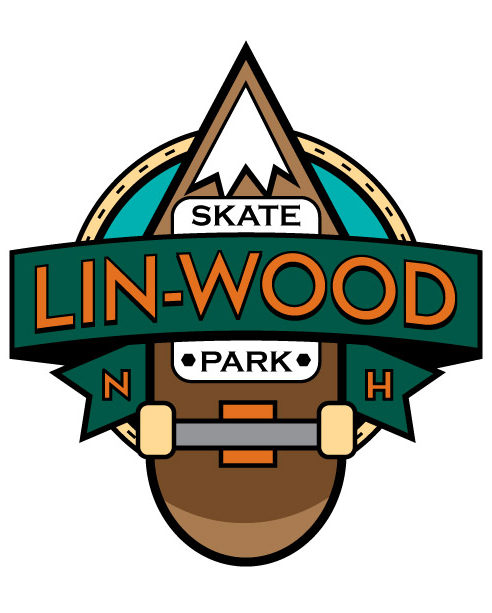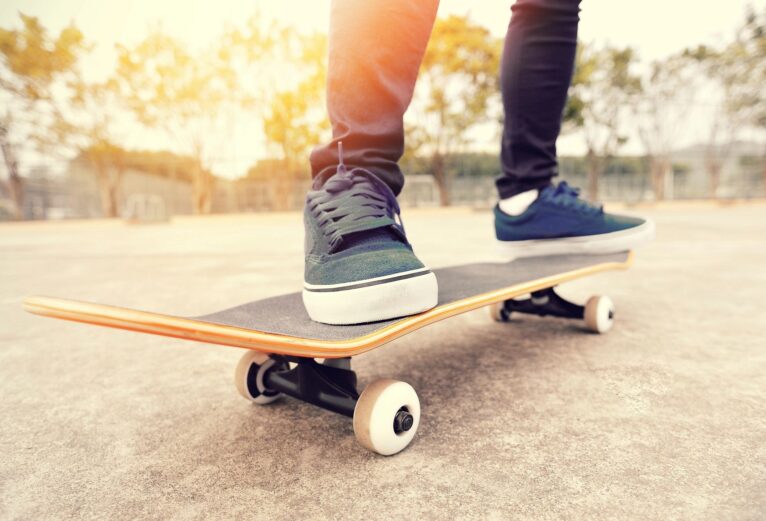Before attending the public hearing on Monday, February 27 at 5:00pm, we want to share facts and studies that support the location.
The 194 Pollard Road location is not in residential use.
It is currently being shared by the recreation department and childcare center. It is a location that is:
- highly visible
- easy to patrol
- neighboring other businesses (1 vehicle repair shop, 5 lodging properties)
- promotes community with a childcare center, recreation department and community garden all sharing a space.
- short walk from school
A skate park does not promote drugs, alcohol, vandalism, littering and fights.
Data Matters
Below are items from a Law Enforcement study conducted in 2009.
To examine the impact of public skateparks from the local law-enforcement perspective, the Tony Hawk Foundation surveyed law-enforcement officers in communities where THF has contributed to the construction of a public skatepark. Each municipality included in this survey has had its skatepark open at least one year. In total, 102 officers in 37 states, from Oregon to New Hampshire, were interviewed.
Skatepark Is A Community Asset
90% (92) of the officers surveyed believed the skatepark is an asset to the community. A common response from officers throughout the country was that providing kids somewhere to go and be active is always a positive thing. One officer in Maine stated, “The skaters are very respectful, and the skatepark has cut down on the youth crime, especially vandalism and kids skating on the sidewalks. The park gives the kids something to do, especially the ‘at-risk’ youth.”
Skatepark Is NOT A Magnet For Crime
91% (93) of officers surveyed reported no major issues, such as bad behavior or crime, at the skatepark. Of the remaining 9% (9) who reported major issues at the park, four (4) consider enforcing the helmet rule a major problem/issue for their department. The remaining officers who reported major issues (5) cited alcohol, drug use, fights, prohibited bike use (some skateparks prohibit use of BMX bikes) and graffiti as problems faced by their police force at the skatepark.
Skatepark Deters Youth Crime
47% (48) of officers noticed a decrease in overall youth crime since the skatepark opened.
49% (50) of officers reported no change to overall youth crime since the skatepark opened.
A common story shared by the officers was that giving youth something to do, and a place to go, decreases their chances of getting into trouble. A Sergeant from Massachusetts echoes this sentiment: “I can honestly say that, based on my 27 years of police work, if you can keep kids busy like the skatepark has done, you have completely prevented a future adult offender.”
Skatepark is Common Ground
40% (41) of officers surveyed believe having a skatepark has had a positive impact on the relationship between law enforcement and local youth— “bridging the gap “ between them. Instead of writing tickets to the kids for skating in prohibited areas, they’d visit the kids at the skatepark, checking in on them and conversing, creating a positive situation. Of that group, (23) said that the skatepark provided a place where their officers can stop by, get out of their cars, and make a point of saying hi to the kids, thus bettering their relationships. “The skatepark has helped the relationship between the department and the kids tremendously,” said an officer in Missouri. “They’ve made friends.” Another officer in Texas mentioned, “Our officers frequent the park as part of their patrol, they chit-chat with the kids, check out the skate ‘stunts’ they do. It brings the force and kids closer together.”
Sounds Of A Playground
One of the earliest and most comprehensive skatepark noise studies was conducted by the City of Portland, Oregon in 2001. The chief noise officer for the Portland Sheriff’s department concluded in a report that skateboarding noise was negligible at 50 feet but that sounds from some tricks (like ollies) could reach 65 to 71 decibels; about the sound of a bat hitting a ball. Other tricks (like grinds) reach between 54 to 65 decibels. Overall, a skatepark is about as “noisy” as a playground.
For context, here are some other average decibel readings:
10: Threshold of good hearing
40: Household noise
50: Office noise
60: Conversational speech
65: Skatepark
70: Normal street noise (i.e., passing cars, outdoor conversations)
85: Noisy restaurant
100: Passing truck
105: Snow blower
Attend or Email
The final public hearing is being held on Monday, February 27 at 5:00pm at Lincoln Town Hall. Attend in person or online. If you cannot attend, share your support via email to: [email protected].


